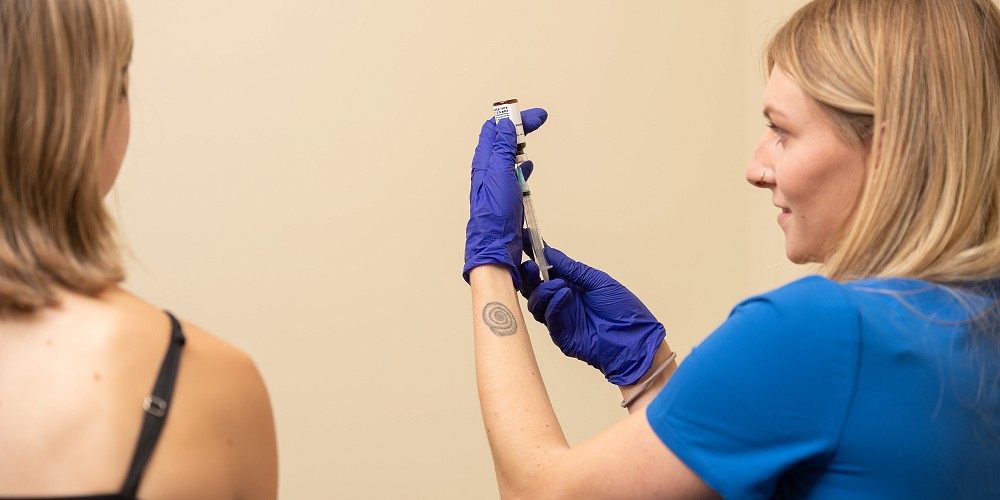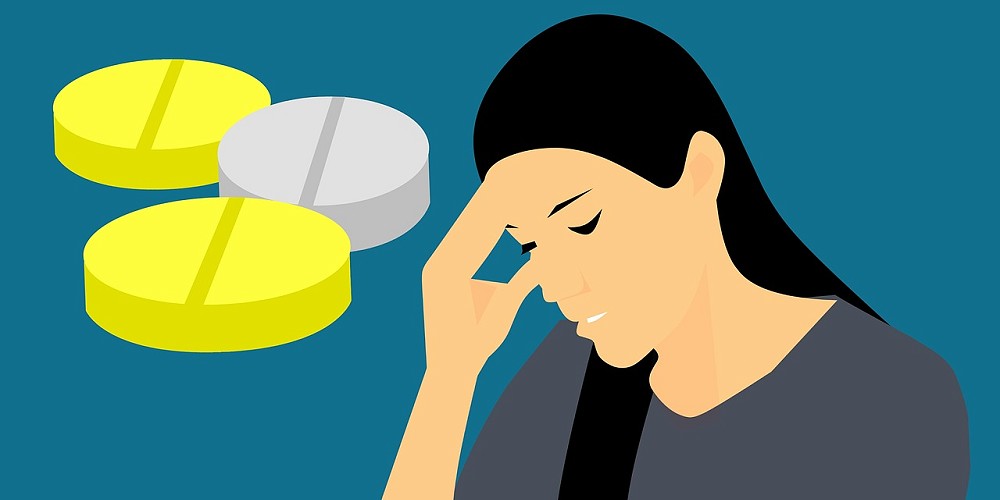An Overview of Intramuscular Stimulation
Article by Joe Box
Take a technical overview of IMS, a dry needling technique used to stimulate trigger points and reduce chronic myofascial pain.

Overview
Also known as “Dry Needling” IMS is a modern technique for relieving chronic muscular tension.
IMS does not involve the injection of any substance into the tissue. Instead, specifically-placed needles in myofascial trigger points or taut bands of muscle tissue induce a reflex response that causes a shortened muscle to relax and lengthen.
A single needle is usually used on an individual client with each selected spot being stimulated with the needle for about 30 seconds before it is removed and used in another spot. It is discarded at the end of the session. The research into the effect of IMS is emerging but there are several likely mechanisms by which IMS alleviates chronic myofascial pain.
Trigger Points
The spots where needles are inserted first have to be identified by palpation. These painful “trigger points”, as they are commonly called, have been shown to have an increased concentration of acetylcholine on biopsy at the synaptic cleft.
This excess neurotransmitter leads to sarcomere contraction and formation of a taut band (1). It is realistic to assume that chronically shortened muscles can physically cause a large variety of pain syndromes by pulling on various structures as well as by compressing local blood vessels, causing ischemia and hypoxia (2).
The Effect of IMS on Trigger Points
It is known that dry needling can cause a decrease in spontaneous electrical amplitude and subsequent relaxation via either a direct local electrical stimulus or via a reflex mechanism (3). This means that as the needle is introduced into muscle tissue it can cause a shortened muscle to visibly fasciculate and subsequently relax (4).
Therefore, by manipulating a needle in muscle the Physiotherapist can induce repeated fasciculation which decreases the supply of excess acetylcholine in the area resulting in muscle relaxation (2).
Summary
In summary, IMS needling is theorized to relieve pain via the following mechanisms:
- A natural relaxation and lengthening of the muscle which decreases tension and pain and improves local blood flow
- Improved electrical communication between the nervous system and muscle
- Uptake of acetylcholine
- Decrease in local tissue ischemia and hypoxia
- Joe Box, MSC PT, cGIMS, Owner Pinpoint Physiotherapy and IMS
References
- Shaw et al. Biochemicals Associated With Pain and Inflammation are Elevated in Sites Near to and Remote From Active Myofascial Trigger Points. Arch Phys Med Rehabil Vol 89, January 2008.
- Cagnie et al. Physiologic Effects of Dry Needling. Curr Pain Headache Rep (2013) 17:348.
- Chen J T, Chung K C, Hou C R, Kuan C R, Chen C R, Hong C Z. Inhibitory effect of dry needling on spontaneous electrical activity recorded from myofascial trigger points of rabbit skeletal muscle. Am J Phys Med Rehabil 2001;80:729-35.
- Gunn CC. The Gunn approach to the treatment of chronic pain. 2nd Ed. New York: Churchill Livingstone; 1996:1–19.
You May Also Like...
-
 ArticleView Post
ArticleView PostInjectable Therapy (Part 2 of 2): Hyaluronic Acid, Perineural Injections, & Trigger Point Injections
The more commonly discussed injectable therapies are mentioned in Part 1 of this article. Part 2 of this article contains additional injectable therapies that have been found to be beneficial for chronic pain.
-
 ArticleView Post
ArticleView PostHow a Holistic Approach to Fitness Can Help Prevent Injury
Fitness is about much more than our last run, or our personal best. Understanding our imbalances is key to success.
-
 ArticleView Post
ArticleView PostPain Relief without Pills
How can we reduce our reliance on pain medication? Lots of people are reluctant to use over the counter pains relievers as well as the stronger meds that are prescribed by doctors. Below are a few other ways that can be used to help manage pain that have a good body of evidence behind them to demonstrate their effectiveness.